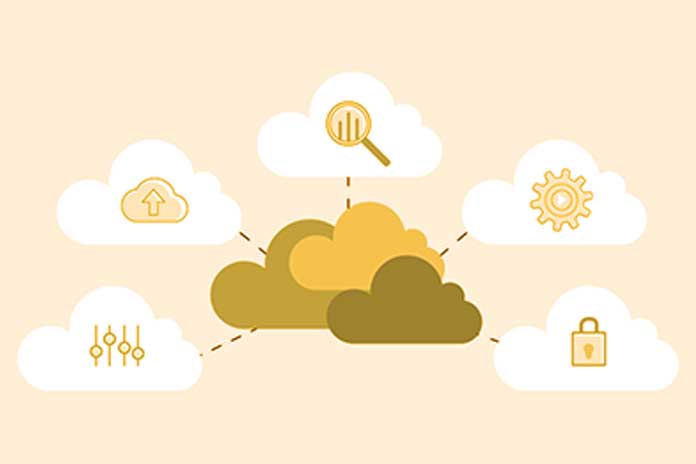Multi-cloud environments are impractical without transparent, flexible, and high-performance database platforms. A database for multi-cloud management should bring these five key skills.
Multi-cloud computing is currently the most discussed solution for an agile and highly efficient IT infrastructure. The public cloud offers from various providers such as Amazon Web Services, Microsoft Azure, or Google Cloud are combined. This avoids dependencies, and the free choice of cloud service providers means that the most suitable services can be used. They usually complement internal structures such as legacy systems, own data centers, or private clouds. Not only does that sound complex, but it is also. The management of such hybrid multi-cloud solutions is just as demanding as the requirements placed on central services such as the database. Couchbase, provider of a modern data management platform,
Cloud Agnostic
In scenarios with multi-cloud management, a database must run on several cloud platforms, i.e., at least two providers. That may sound obvious, but it isn’t. To make sure, from the customer and user’s point of view, all that is needed is a look at the lists of database providers that are approved and available from the various providers.
Infrastructure Agnostics
Databases that generally run in all clouds and, therefore independent of provider approval or certification, go one step further. A database cluster can work on various cloud platforms and can be moved back and forth between them as required.
Multi-Cloud Management: Cross-Cluster Replication
Database clusters distributed across multiple clouds must be able to interact with one another. The challenge is to make changes synchronously across multiple platforms. The prerequisite for this is Cross Data Center Replication (XDCR) or Cross Cluster Replication, which is only possible with a NoSQL database, which ultimately becomes Cross-Cloud Replication, as the data is replicated and synchronized multi-directionally across several clusters in different clouds.
DBaaS-In-VPC And Fully Hosted Capabilities
With DBaaS, the database is provided as a cloud service. This allows users to host their data within their Virtual Private Cloud (VPC) in the customer’s IaaS (maximum transparency, privacy, and security governance) and manage the NoSQL database as a fully managed offering via the cloud. Alternatively, the database can be hosted as a fully hosted offer in the VPC and thus as IaaS directly at the database provider. This relieves the strain on your own data center resources and protects the IT budget.
Multi-Cloud Management: Transparent Control Plane
The multi-cloud management ideally takes place via a “single pane of glass” control level, which allows a 360-degree view of all database processes and environments. It facilitates the administration and control of the various clusters and nodes, the multi-cloud orchestration, and user administration and cost management.
“The complexity of multi-cloud scenarios must remain manageable to be able to use their advantages. The efficiency and transparency of the database services is an elementary building block for this,” explains Steffen Schneider, Head of Solutions Engineering Central Europe at Couchbase. Couchbase offers a high-performance, multi-cloud-to-edge database with the robust features required for business-critical applications on a highly scalable and available platform. As a distributed and cloud-native database, Couchbase runs in modern dynamic environments and every cloud, either managed by the customer himself or fully managed as a service.
Also Read: Hybrid Cloud Backup – More Security And Flexibility


